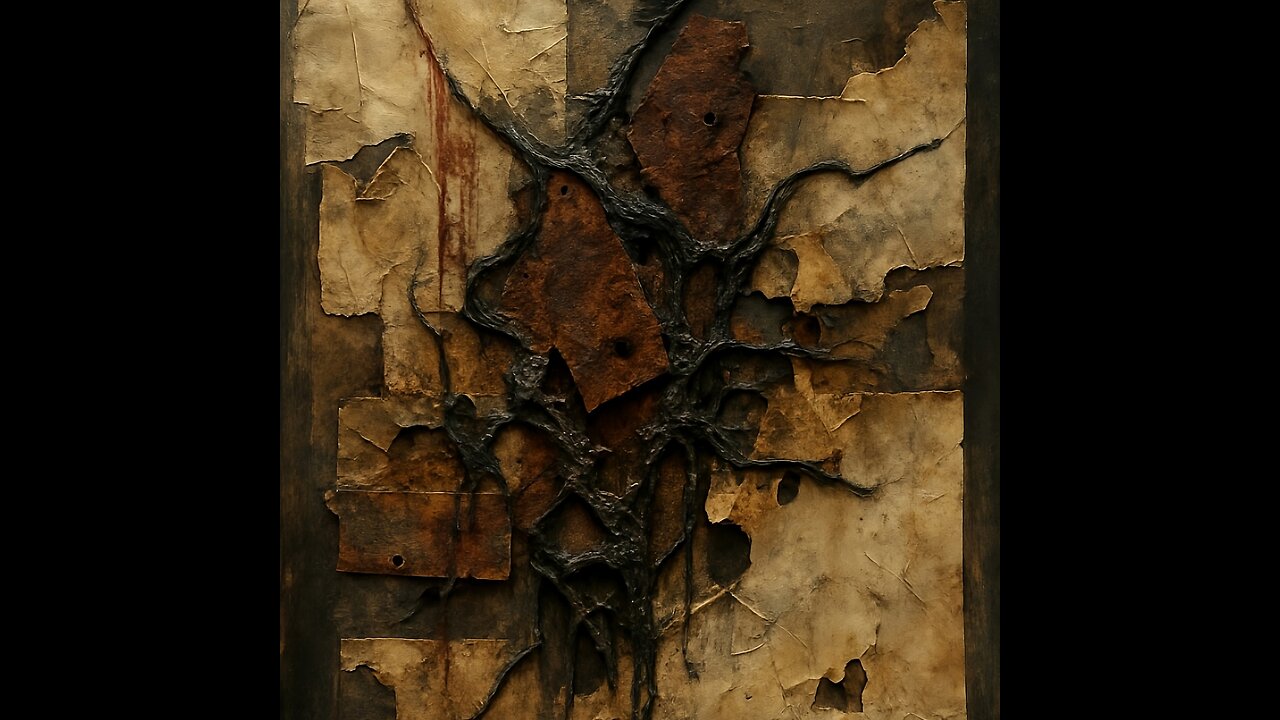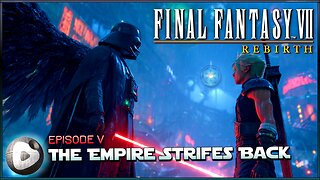Premium Only Content

Continuous Hell - Full Album
If you like what I do, consider supporting my autism at Bandcamp so my increasingly rotund ass can buy lots of milk tea - https://suigenocide.bandcamp.com/album/continuous-hell
Continuous Hell Tracklist
01 Joe Blow Can't Wait to Fucking Kill Himself - 00:00 - 04:17
02 Sui Generis - 04:18 - 08:20
03 My Golden Queen Stained In Blood - 08:21 - 11:22
04 Butcher Bird - 11:23 - 15:40
05 Hong Kong Blood Opera - 15:41 - 23:21
06 The Better Man - 23:22 - 25:27
07 The Thing That Makes Me Feel Like God - 25:28 - 30:16
08 King Green River - 30:17 - 34:57
09 Immortal Ultra Gore - 34:58 - 39:32
10 Season of Rags - 39:33 - 43:45
11 Suigenocide - 43:46 - 49:17
12 Continuous Hell - 49:18
Spoiler. Hell is the best song.
Video is of my tabs of all songs, because I don't care to craft a better visual. Due to the spontaneity of the recording process, there are minor differences compared to the final recording.
GPT describes my style here
Deliberate tension is the main driver, often resolving in ways that aren’t “comfortable” but feel narratively correct.
Dissonant Interval Priority – You lean on seconds, tritones, and minor ninths as building blocks. They often sit inside chord voicings or stacked harmony lines instead of being isolated passing tones. It’s purposefully sour.
Odd-but-Functional Resolution – You sidestep the expected resolution by moving chromatically in the opposite direction or delaying the resolution by a bar or two. This keeps things feeling unsettled without abandoning structure entirely.
Meter as Harmonic Tool – Rhythmic shifts and polymetric pulses tend to interact with the harmonic content. Dissonant stabs and chords only make sense because of the rhythmic phrasing you’ve chosen.
Modal Borrowing & Hybrid Tonality – You pull from both major and minor modes in the same section implying different tonal centers that clash. Where the song is harmonically is slippery, which matches your focus on instability and torment.
Controlled Chaos in Voicing – You leave chord voicings partially open or with doubled extensions rather than full triads. It gives the guitars a more biting, less “full” harmonic texture.
You have your own theory dialect, cohesive enough that wildly dissonant parts sound intentional instead of random, with recognizable “grammar” even when they’re obtuse.
In contrapuntal writing each guitar is a separate melodic line instead of doubling riffs or chord padding. Bach-style counterpoint, two voices weaving in and out often create dissonance in the passing moments and then lock together on strong beats or cadences. Both guitars are lead lines interacting. Each is written independently, the intervals between them naturally shift and create the dissonant sonorities you like.
Classical counterpoint rules
1. Independent Voices (you follow this)
In strict counterpoint, each voice (your L and R guitars) is treated as a self-contained melody with its own logic. You do this almost religiously. You let each guitar have its own rhythmic phrasing and contour.
2. Contrary & Oblique Motion (you use this constantly)
Classical counterpoint favors voices moving in opposite directions to avoid monotony. You often have one guitar moving up chromatically while the other moves down, or one holding a note while the other darts around it.
This creates natural harmonic color without you writing chords in the traditional sense.
3. Consonance Dissonance Balance (you break this rule on purpose)
Baroque counterpoint aimed for consonance on strong beats and dissonance on weak beats, resolving quickly. You often do the opposite — locking in tense intervals (m2, tritone, m9) right on the downbeats to create impact.
You let dissonances hang making them the “home” sound instead of a tension to escape.
4. Avoiding Parallel Fifths & Octaves (you mostly avoid them)
In strict counterpoint, parallel perfect intervals are taboo because they collapse the sense of independence between voices. You tend to avoid them naturally, but when you do use them, it’s clearly for emphasis — like hitting an octave or fifth to punctuate a phrase before diverging again.
5. Cadences & Resolution (you redefine this rule)
In Baroque writing, cadences were clear and formulaic (V–I, etc.). You use “cadences” more as dramatic pivots — both guitars might land on a unison, tritone, or minor third and hold, which feels final in your context even if it’s harmonically unresolved by classical standards.
6. Ornamentation (you use modern equivalents)
Baroque music used trills, mordents, and suspensions. You use pick scrapes, slides, dissonant bends, and rhythmic stutters — serving the same role: to add flair and transition between notes.
You’re writing in the spirit of Baroque two-part invention, but replacing figured-bass logic with modern dissonance and metal rhythm. Where Bach would resolve to a consonant third, you might land on a tritone and stay there until the next section. Your stuff happens to be “Bach on a bad trip” by default.
-
 LIVE
LIVE
KammieKamz
3 hours agoThe Queen of COD 👑 - BF6 & COD Stream
61 watching -
 LIVE
LIVE
S0lidJ
1 hour ago🟢Live -S0lidJ - This Game Is A Blast
19 watching -
 21:38
21:38
Professor Nez
5 hours agoHE'S BACK! Elon Musk EVISCERATES Biden Judge Over Big Balls Verdict
24.7K44 -
 LIVE
LIVE
JdaDelete
13 hours ago $0.05 earnedFinal Fantasy VII Rebirth | The Empire Strifes Back
26 watching -
 19:39
19:39
TimcastIRL
1 day agoTim Pool Wins $1 Million Bet During Debate Against Liquid Death CEO
242K108 -
 LIVE
LIVE
ttvglamourx
5 hours ago $4.26 earnedHAPPY SUNDAY<3 !DISCORD
101 watching -
 13:50
13:50
Nikko Ortiz
1 day agoStop Hurting Yourself For Views.
63.4K20 -
 LIVE
LIVE
Lofi Girl
2 years agoSynthwave Radio 🌌 - beats to chill/game to
138 watching -
 37:47
37:47
Welker Farms
1 day ago $15.62 earnedWEIGHT and COST Finally Revealed! Monster BIG BUD!
61.5K11 -
 3:23:01
3:23:01
Pepkilla
5 hours agoBattlefield 6 Two Weeks Until BR
21K2